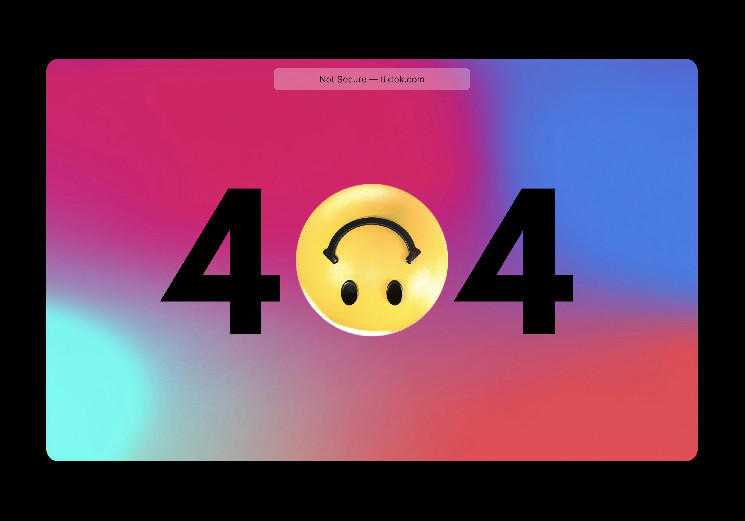The sudden hype over ERC-404 tokens has spurred millions of dollars in trading volumes since its start in early February, but has seemingly caused Ethereum network fees known as “gas” to spike to eight-month highs.
Developers of DN-404, however, say they have created a new structure that uses two contracts to achieve similar objectives as ERC-404, minus the issues.
Both contracts are experimental and “unofficial.”
A group of Ethereum application developers on Monday started a new token contract to solve the apparent drawbacks linked to the experimental standard known as ERC-404s, which has exploded in popularity, adding to network congestion and driving up fee rates.
DN-404, short for “Divisible NFT-404,” is a token implementation based itself on existing token standards ERC-20 and ERC-721 and claims to offer “full compliance” with these frameworks. On Ethereum, ERC-20 is the agreed-upon framework for token issuance, while ERC-721 is for non-fungible tokens (NFTs).
Developers of DN-404 say they made this framework after ERC-404 caused gas fees to spike due to how the latter operated.
ERC-404s spurred millions of dollars in trading volumes, but seemingly caused Ethereum fees to spike to eight-month highs since its start in early February.
Partly because of the ERC-404s, transactional fees shot up to as much as $840 for a transaction (on a certain project), they flagged, which would have “normally cost $50.”
As of Tuesday, trackers show the average gas fee for swap transactions is at $20, compared to $5 at the start of this month. Some, like DN-404 developer @PopPunkOnChain have attributed this spike to the growth and use of ERC-404 contracts.
Gas refers to the fees Ethereum users pay to ensure their transactions are included in the earliest block by network validators. These validators are incentivized to include transactions that pay the highest fees instead of a first-come-first-serve basis – meaning fees on popular tokens can often run to thousands of dollars.
A spike in gas fees over the weekend to as much as 360 gwei (a unit of ether) sparked concerns among market observers about their long-term utility and causing a sharp sell-off among popular projects.
Experimental and Unofficial
ERC-404 is not an officially recognized Ethereum token standard – the 404 is a nod to the “404 not found error” message on websites. However several projects latched onto the ERC-404 narrative after its launch, collectively spurring a $209 million market capitalization in a few days, as per data tracked by CoinGecko.
ERC-404 has also caused criticism among Ethereum developers for attaching ERC to its name. However, in messages to CoinDesk, the team explained that the naming helped it gain popularity and gained a following around what it intended to do.
ERC-404 allows multiple wallets to directly own a single NFT, and, in the future, create a use case where that specific exposure can be tokenized and used to take out loans or stake holdings.
In simple terms, it can be thought of as combining tokens and NFT ownership in a way that can create liquid markets for a project’s tokens and related NFT collections.
DN-404 achieves the same objective by using two contracts that track and handle user balances and NFTs differently.
As of Tuesday, neither DN-404 nor ERC-404 were officially recognized by the non-profit Ethereum Foundation, but they can still be be freely used within the network.
ERC-404 developers say that they are actively working on an Ethereum Improvement Proposal (EIP) for the official recognition of the experimental token standard. EIP is the process of introducing a new feature or functionality to Ethereum. The EIP process can take a while and isn’t quick to do, developers added.
“We also put out a tweet calling on the developer community to review and contribute their ideas as we’d like to have a transparent, open, and collaborative effort to reach consensus on a standard that works,” said @Hohenheim0x, an ERC-404 developer, in a direct message.
“In addition, we’re in the early stages of exploring a foundation to further develop the standard, help drive adoption, and support the ecosystem of builders that have rapidly formed to take advantage of this new tech,” he added.
Read the full article here

